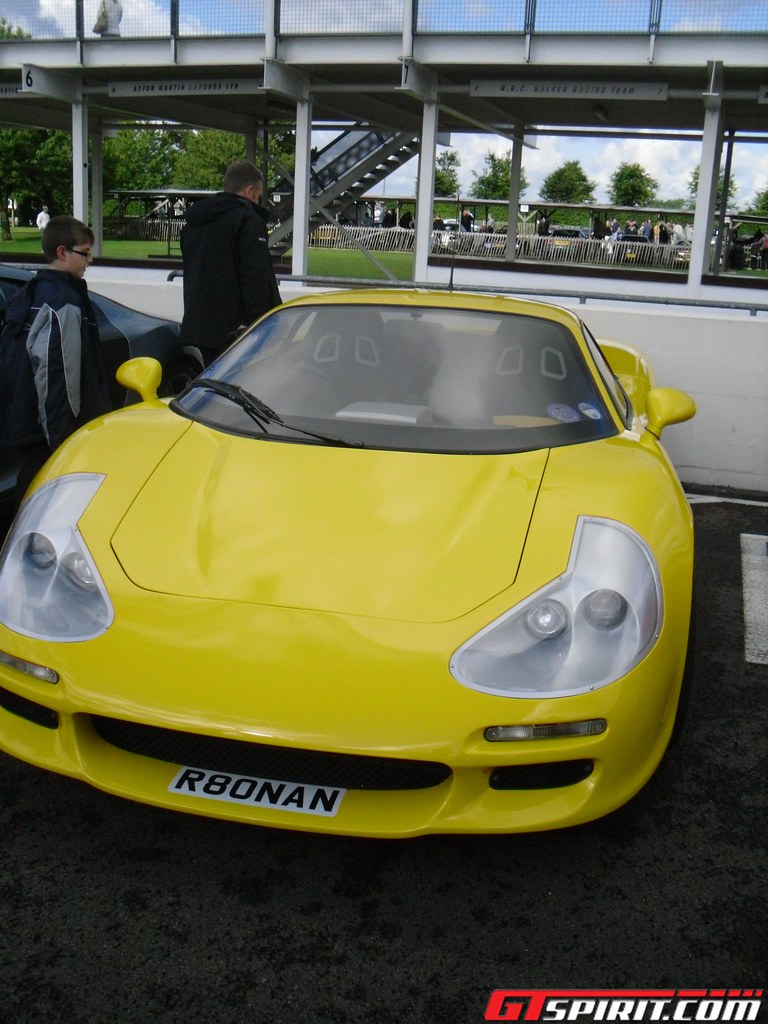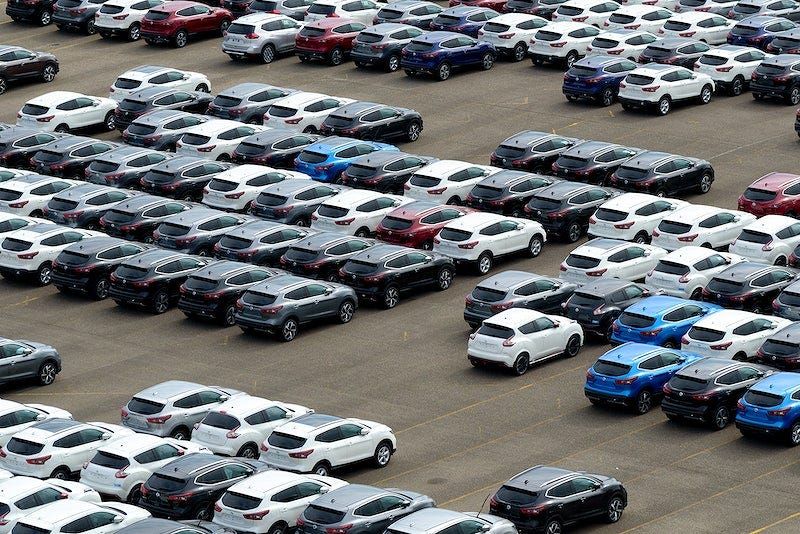
The automotive landscape is undergoing a monumental shift, with electric vehicles (EVs) at the forefront of what many have championed as the future of personal transportation. For years, the narrative has been one of inevitable progression: once a driver experiences the instant torque, quiet ride, and environmental benefits of an EV, they would be forever converted. However, recent data suggests a more complex reality, challenging the notion that “once an EV buyer, always an EV buyer.” The road to mass EV adoption is proving to be bumpier than initially anticipated, with a significant number of early adopters contemplating a return to traditional internal combustion engine (ICE) vehicles.
A recent McKinsey global consumer survey revealed a striking statistic: nearly 30% of electric vehicle owners globally are likely to switch back to internal combustion engine cars. This sentiment is even more pronounced in the U.S., where a staggering 46% of EV owners stated they were likely to revert to ICEs, far surpassing the global average of 29%. This unexpected trend is not merely a blip; it’s reinforced by other studies, such as one from Edmunds, which found that in Q2 2024, just under 40% of EVs traded in were used to purchase or lease a new ICE vehicle. These figures paint a clear picture: a considerable segment of EV owners is experiencing buyer’s remorse, prompting a deeper investigation into the core reasons behind this disillusionment.
Automakers like GM and Ford, while reporting increased EV sales, have tempered their growth forecasts, acknowledging that issues such as charging availability, range limitations, and battery degradation could deter many early buyers from making another EV purchase. The enthusiasm that once characterized the early stages of EV adoption appears to have stalled for many, leading to an intriguing and crucial question: what exactly is driving these owners to reconsider the very technology they once embraced? As we navigate this evolving market, understanding these pivotal pain points is essential for both consumers and the industry looking to cement the EV’s long-term future.
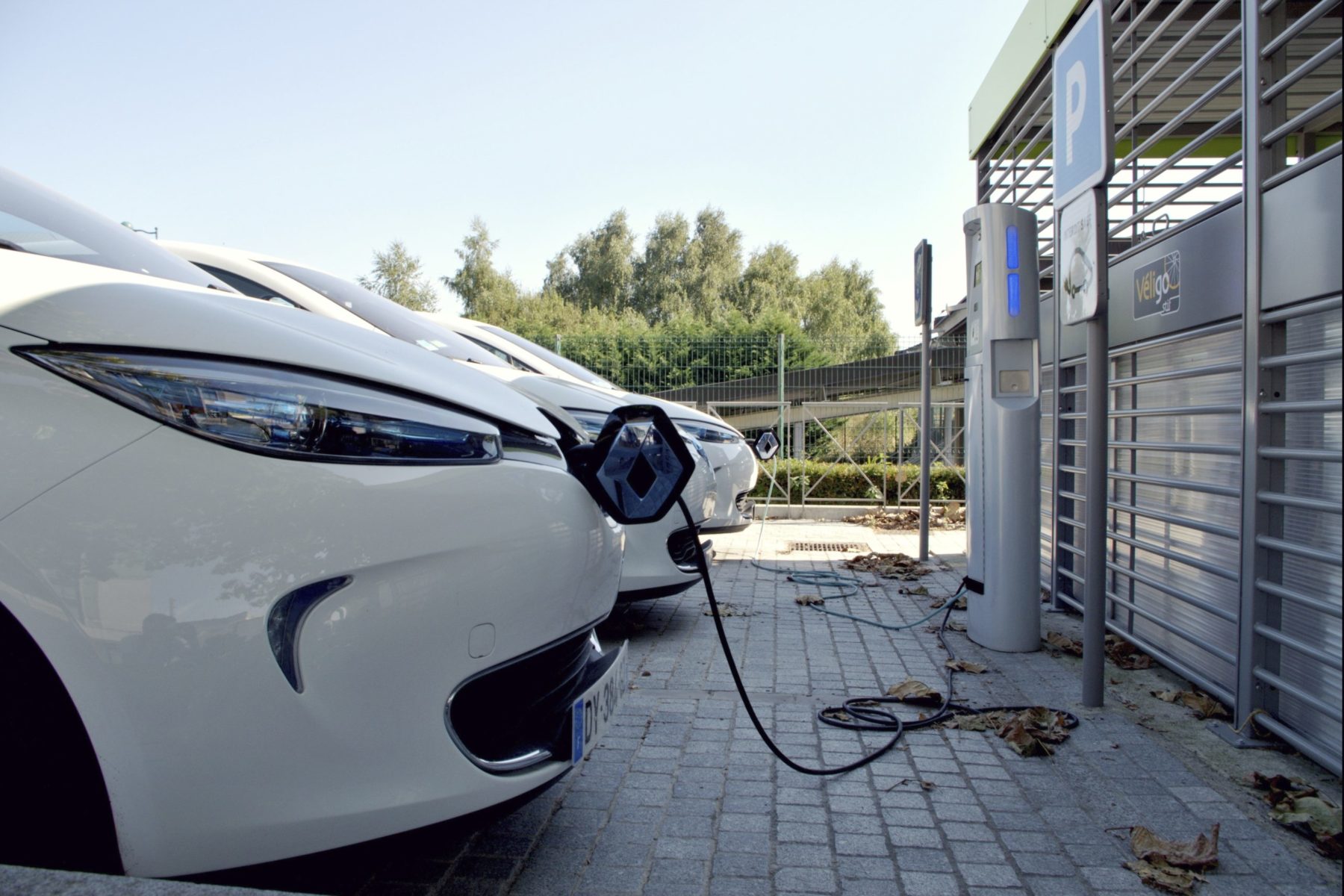
1. **Inadequate Public Charging Infrastructure**One of the most frequently cited frustrations for electric vehicle owners considering a switch back to an ICE vehicle is the glaring deficit in public charging infrastructure. This isn’t just a minor inconvenience; it’s a fundamental challenge that impacts the practicality and usability of an EV for many drivers. According to McKinsey’s survey, a substantial 35% of EV drivers who are likely to purchase an ICE as their next vehicle point directly to the lack of adequate public charging infrastructure as the primary basis for their decision. This highlights a critical disconnect between the promise of electric mobility and the current on-the-ground reality for a significant portion of the driving public.
The problem is compounded by severe disparities in the distribution of existing chargers. In the U.S., for instance, while 60% of urban residents live less than a mile from the nearest public charger, this accessibility drops sharply to 41% for suburban residents and a dismal 17% for those in rural areas. This uneven distribution means that for many, especially outside dense urban centers, the convenience of charging is severely limited. Even in states with high EV adoption rates, the infrastructure struggles to keep pace. California, despite having the highest rate of EV purchases, ranks 49th among states in the public ports-to-drivers ratio, with only one public port for every 29 EVs.
This scarcity and uneven distribution manifest as real-world concerns for consumers. As Ivan Drury, Edmunds director of insights, articulated, “Real-world concerns that consumers have voiced through the mainstream surveys are finally coming to fruition.” He added that this “speaks to both current adoption rates that have stalled out, but also the idea that not everyone’s going to buy another.” For many, the theoretical benefits of EV ownership are overshadowed by the daily struggle to find reliable and accessible charging, turning what should be a seamless experience into a source of constant stress and logistical planning.
Read more about: The 13 Most Common Causes of Car Fires That Mechanics Want You to Know to Keep You Safe
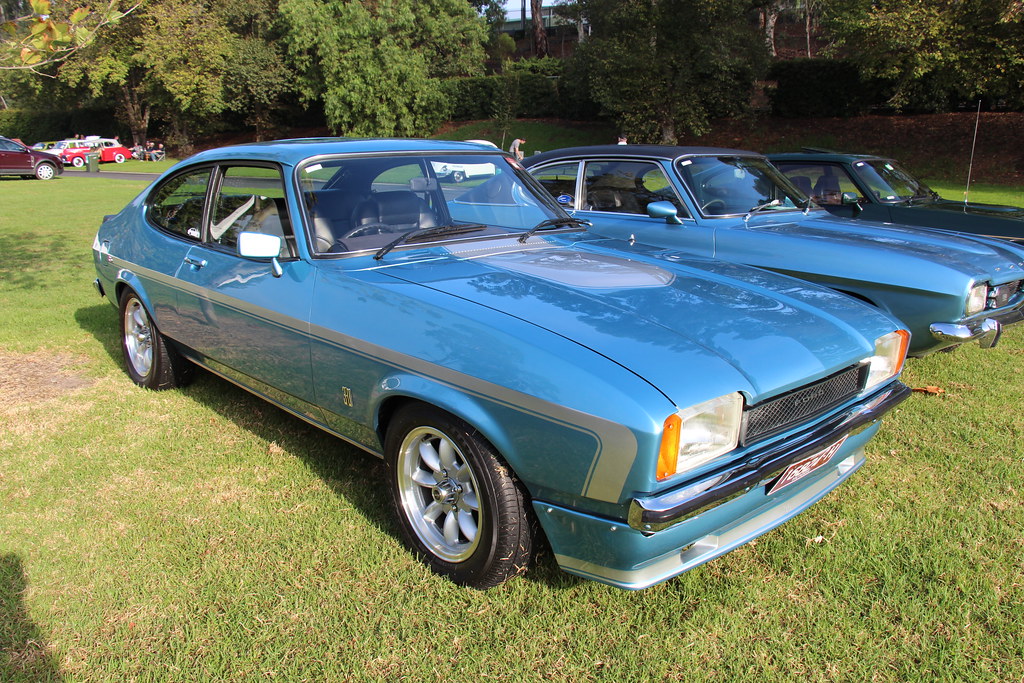
2. **Charging Access Anxiety**Closely related to the physical lack of chargers, but distinct in its psychological impact, is the pervasive issue of charging access anxiety. This refers to the stress and worry EV owners experience regarding whether they will be able to find an available and functioning charger when needed, especially on unfamiliar routes or during peak demand times. McKinsey’s survey indicates that 21% of EV drivers contemplating a switch back to an ICE vehicle specifically cite anxiety about charging access as a reason for their decision. This underlines that the mere presence of chargers isn’t enough; drivers also need confidence in their reliability and availability.
The “convenience and a hassle-free experience” are deeply desired by EV drivers, just like any other consumers, as Christian Peter, director of EMC ElektroMobilitätsClub of Austria, an alliance member group, observes. When this convenience is compromised by unreliable chargers or the uncertainty of finding an open spot, it erodes the overall satisfaction with EV ownership. Drivers don’t just pay for the car; as Karl Brauer, iSeeCars executive analyst, put it, “I pay more for anxiety about how I’m going to be able to use the car if I can’t find a charger.” This additional “cost” of anxiety weighs heavily on many EV owners.
This anxiety is particularly acute when planning long-distance trips, where charging stops need to be meticulously factored into the itinerary. The fear of being stranded or facing significant delays due to unavailable or broken chargers can turn an exciting road trip into a daunting logistical challenge. While the Global EV Drivers Alliance found that 92% of EV owners globally plan to buy another EV, even they cited “a limited public supply of the fastest type of charger, typically used only for road trips,” and “broken chargers and the time it can take to charge” as drawbacks. This highlights that even satisfied EV owners recognize the significant hurdles in the public charging ecosystem, underscoring the validity of this widespread anxiety.
Read more about: 8 Early Electric Vehicle Hurdles: The Rapid Obsolescence That Challenged Pioneer Owners

3. **High Total Cost of Ownership**Beyond the initial purchase price, the total cost of owning an electric vehicle is proving to be a significant deterrent for many, pushing them back towards more traditional gasoline-powered options. The McKinsey survey identified cost as the second-most common reason for EV owners to consider reverting to an ICE vehicle, with 34% of drivers stating that the “total costs of driving are too high.” This encompasses a range of financial burdens that, for many, outweigh the perceived savings on fuel. It’s not just about what you pay at the dealership; it’s about the entire financial lifecycle of the vehicle.
One major component of this high cost is the price of the EV itself. As Karl Brauer noted, “The biggest barrier to entry for new EV buyers is price, because they tend to cost more than a non-EV.” He elaborates on the consumer’s perspective, “A person looks at them and they’re like, ‘This is what I have to pay for the equivalent EV versus a compact car that isn’t an EV?'” This price disparity at the point of sale often discourages potential buyers and, for those who do purchase, sets a high financial bar that subsequent savings may not feel like they fully overcome, especially if they encounter other unexpected costs.
Furthermore, the costs extend into areas like insurance and repairs, which are often higher for EVs. The looming specter of battery replacement costs is particularly daunting. A replacement battery can be as much as $20,000, and for a popular model like the Tesla Model 3, it’s approximately $13,000, which astonishingly represents over 30% of the sedan’s starting price. Such potential outlays make the long-term financial commitment to an EV seem less appealing, particularly when combined with the anxiety of potential future expenses that are not as predictable or manageable as those for an ICE vehicle.
Read more about: Buyer’s Remorse on Full Display: 15 Vehicles Motorists Swear They’d ‘Unchoose’ if They Could, According to Driver Confessions
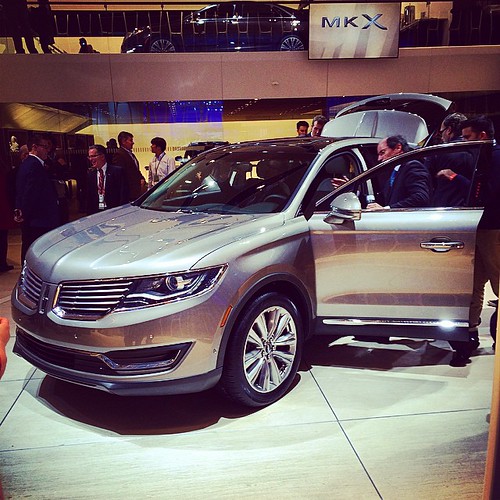
4. **Complexity of Long-Distance Travel**The allure of electric vehicles for daily commutes is often clear, but the practicalities take a dramatic turn when considering long-distance trips. For a substantial number of EV owners, these extended journeys become a source of stress and logistical complexity, leading many to reconsider their commitment to an all-electric lifestyle. McKinsey’s data shows that nearly 1 in 3, specifically 32%, of EV owners globally reported that their driving patterns on long-distance trips were “affected too much due to having an EV.” This impact on how people plan and execute travel is a major factor in the desire to switch back.
Planning a road trip in an EV involves more than just mapping out a route; it requires meticulous consideration of charging station locations, charging speeds, and potential wait times. This level of pre-planning can feel burdensome compared to the spontaneity offered by gasoline vehicles, which can refuel at ubiquitous gas stations in a matter of minutes. The lack of enough chargers along highways and main roads, cited by 40% of global EV owners surveyed by McKinsey, directly contributes to this complexity, making long journeys feel less convenient and more like an expedition requiring careful strategizing.
This challenge significantly impacts the “confidence in my ability to go out and do what I want to do whenever I want to do it,” as described by Karl Brauer. The freedom of movement, a hallmark of personal transportation, feels curtailed for some EV owners on longer excursions. Even in high-growth EV markets, the infrastructure for highway charging lags. The desire for a vehicle that can effortlessly handle both daily routines and spontaneous adventures is a fundamental consumer expectation, and when an EV fails to deliver on the latter, it often prompts owners to seek alternatives that offer greater flexibility and peace of mind.
Read more about: Decoding the Charge: 15 Electric Vehicles Redefining Fast Charging for the Modern Driver
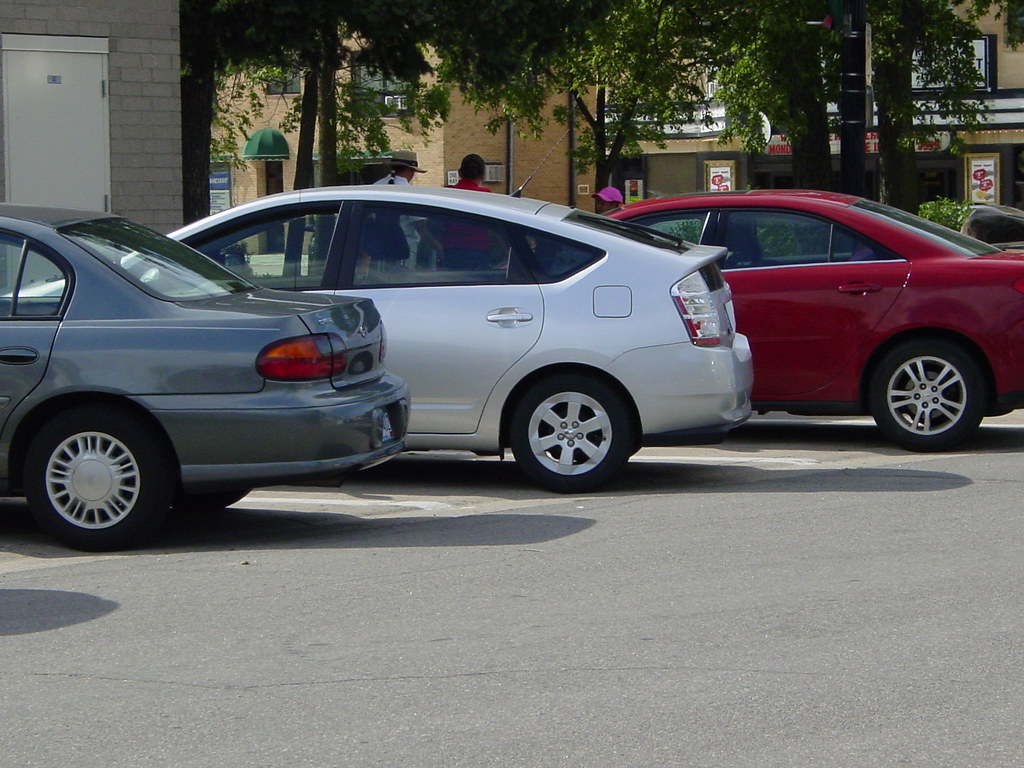
5. **Battery Degradation and Range Limitations**Another significant concern contributing to EV owners’ disillusionment revolves around battery performance, specifically degradation over time and the perceived limitations of range. While advancements are continuously being made, the real-world experiences of some early buyers, particularly those living in specific climates, have been less than ideal. Ivan Drury of Edmunds highlighted this, noting that for some, “it’s going to be the charging component, or maybe the range wasn’t good enough, or battery degradation. Maybe [EV buyers] experienced it firsthand, and it was so bad, and they lived in a cold weather state where they said, ‘You know, I’m never gonna buy one again.'” This personal negative experience can be a powerful driver for switching back.
The performance of EV batteries, and thus the vehicle’s range, can be significantly affected by external factors, most notably temperature. In cold weather states, battery efficiency can decrease, leading to a noticeable reduction in available range. This phenomenon can be particularly frustrating for owners who purchased their vehicles based on advertised ranges that don’t always translate perfectly to varied driving conditions or climates. When the practical range falls short of expectations, or declines over time due to degradation, it directly impacts the vehicle’s utility and the owner’s confidence in its capabilities, especially when combined with the aforementioned charging anxieties.
Ultimately, for many drivers, a vehicle’s range is a core metric of its functionality. If a driver consistently finds themselves limited by their EV’s range for their typical driving needs, or if the battery degrades to a point where the vehicle no longer reliably meets those needs, it becomes a compelling reason to seek a different solution. As battery range and density continue to increase, and charging infrastructure improves, these specific issues might lessen in the future, as Karl Brauer suggests. However, for current owners who have experienced these limitations firsthand, the prospect of waiting for future solutions might not be enough to prevent a return to the known reliability of an ICE vehicle.
Read more about: Navigating Hyundai Ownership: A Comprehensive Guide to Maintenance, Models, and Premier Dealership Services for Informed Consumers
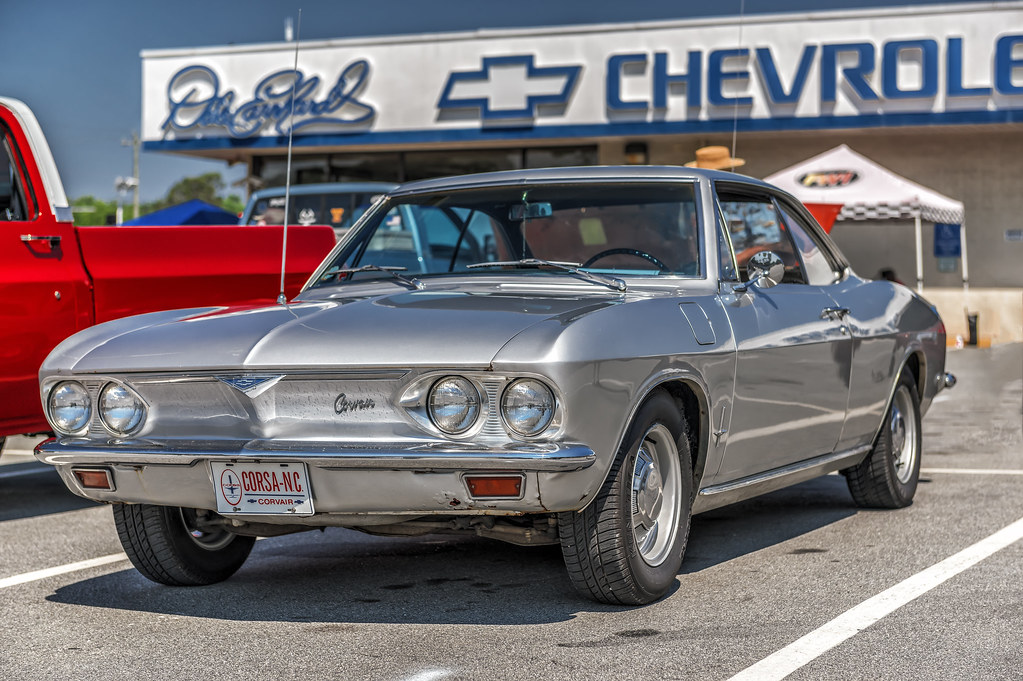
6. **Declining Used EV Values**The financial landscape for electric vehicles isn’t just about the initial purchase and ongoing running costs; it also significantly involves their resale value. In a stark reversal of previous trends, the market for used EVs has seen a steep decline in value, a factor that certainly adds to the disillusionment of current owners. Before 2024, used EVs were often selling at a premium, making them an attractive investment for early adopters. However, this dynamic has shifted dramatically, with used EV values now significantly depreciating, which can feel like a financial hit for those who bought into the trend earlier.
This depreciation pressure is partly a consequence of automakers slashing prices on new EVs and offering more incentives to stimulate sales. When new models become more affordable, or come with attractive financing options like lower interest rates and better lease terms than gas-powered cars, it naturally pulls down the value of their used counterparts. Nissan, for example, announced cuts of up to $6,000 on some models to “improve the model’s competitiveness and ensure we are delivering maximum value to our customers.” While beneficial for new buyers, such moves can feel like a penalty to existing owners whose vehicle’s value has suddenly dropped.
The market saturation and slower-than-anticipated adoption rates in certain segments contribute to an oversupply of used EVs, further driving down prices. Cox Automotive data, which excludes direct-to-consumer brands like Tesla and Rivian, indicates that the available inventory of electric vehicles in the United States, measured in days’ supply, has soared to 136 days, significantly higher than the overall U.S. industry average of 78 days for new vehicles. This oversupply, coupled with aggressive pricing on new models, makes reselling an EV less financially appealing than it once was, prompting owners to question the long-term economic viability of their purchase.
Read more about: The Automotive Exodus: Unpacking the 14 Critical Reasons Why Diesel Engines Are Fading from Our Markets
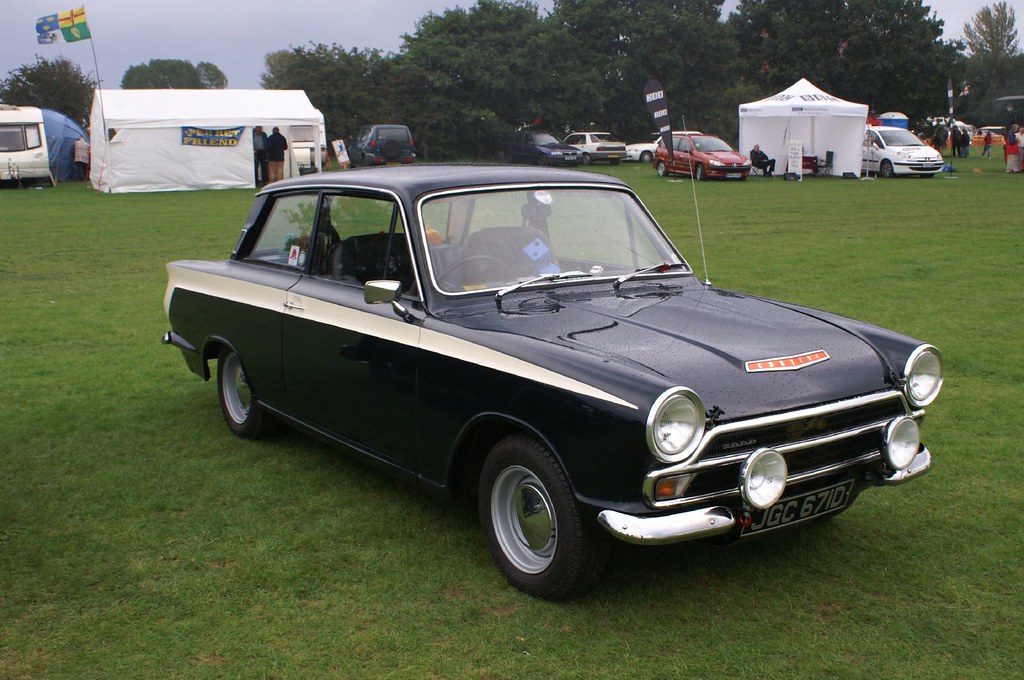
7. **Substantial Outlays for Home Charging**While often touted as a major benefit of EV ownership, the convenience of home charging comes with a hidden initial cost that can be a significant hurdle for many. For those transitioning from an ICE vehicle, the expectation is often that charging will seamlessly integrate into their home life. However, achieving optimal home charging capabilities frequently requires “substantial outlays” beyond the vehicle’s purchase price, as noted in the context, a factor that can contribute to a feeling of unexpected expense and complexity.
Most EV owners find that a standard 120-volt household outlet, while capable of charging an EV, does so at an extremely slow rate, often referred to as Level 1 charging. To gain practical charging speeds that allow for a full overnight charge or significant top-ups, a Level 2 charging station is typically necessary. This often involves installing a 240-volt outlet, similar to what a clothes dryer uses, and purchasing the charging equipment itself. Such electrical upgrades and equipment purchases can range from hundreds to thousands of dollars, depending on the existing electrical setup and the charger chosen.
For homeowners with garages, particularly affluent ones with multiple car options, installing a dedicated home charging system is “beautiful,” as Karl Brauer points out, making EV use “never inconvenient for them.” However, for renters, those without garages, or individuals for whom these initial installation costs are a significant burden, home charging becomes less of an advantage and more of an additional financial and logistical challenge. This unexpected investment, not always clearly communicated or anticipated by new EV buyers, can contribute to the overall feeling that the “total costs of driving are too high,” reinforcing the desire for a simpler, less demanding ownership experience found in ICE vehicles.
Read more about: Read This First: 14 Popular Trucks and SUVs That Become Costly Money Pits Once They Hit 80,000 Miles
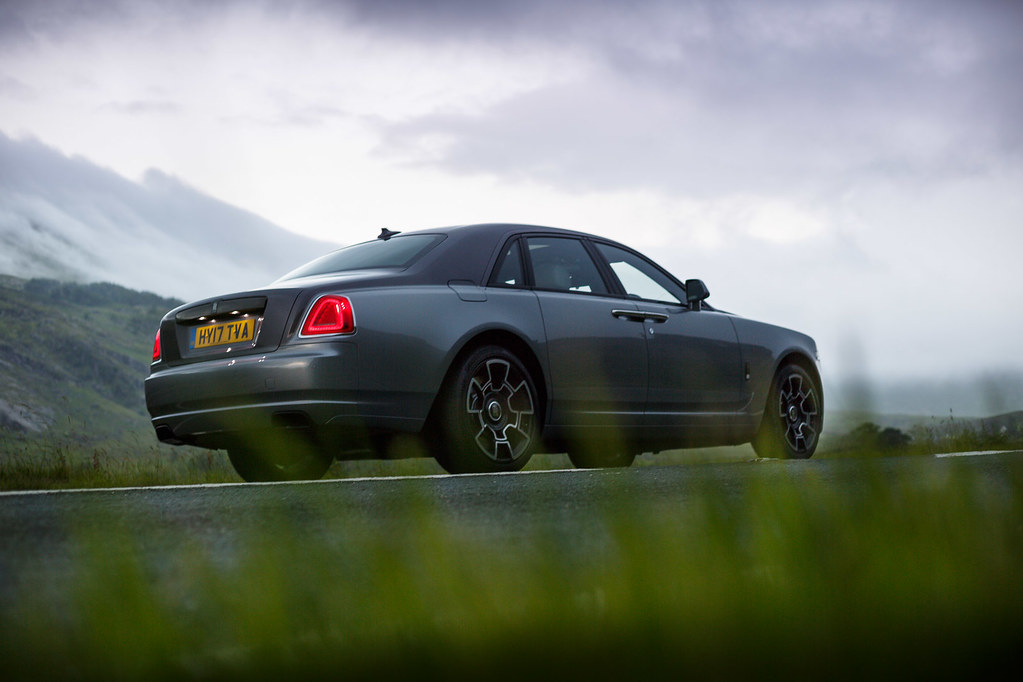
8. **The Myth of Inevitable EV Loyalty and Buyer’s Remorse**The prevailing narrative surrounding electric vehicles often suggested a one-way street: once a driver experienced the benefits of an EV, they would be forever converted. However, recent findings from McKinsey & Co.’s Mobility Consumer Pulse for 2024 have dramatically challenged this assumption, revealing a significant segment of owners grappling with buyer’s remorse. The firm’s head of the Center for Future Mobility, Philipp Kampshoff, openly admitted his surprise, stating, “I didn’t expect that,” and confessing, “I thought, ‘Once an EV buyer, always an EV buyer.’” This sentiment is particularly strong in the U.S., where a striking 46% of EV owners indicated they were likely to switch back to a gas-powered vehicle for their next purchase, with Australia reporting an even higher 49%. Globally, the average hovered at 29%, still a considerable figure.
This isn’t merely about practical frustrations; it delves into the psychological aspects of consumer satisfaction and loyalty. The ‘once an EV buyer, always an EV buyer’ belief has been thoroughly debunked by real-world experiences. As Ivan Drury, Edmunds director of insights, articulated, “Real-world concerns that consumers have voiced through the mainstream surveys are finally coming to fruition.” He emphasized how this “speaks to both current adoption rates that have stalled out, but also the idea that not everyone’s going to buy another.” For many, the initial enthusiasm has been replaced by a deep-seated negativity that is difficult to overcome.
The disillusionment is profound enough that for those who have experienced issues firsthand, such as insufficient range or battery degradation, the thought of another EV purchase is entirely unappealing. Drury noted, “For someone for whom it’s going to be the charging component, or maybe the range wasn’t good enough, or battery degradation. Maybe [EV buyers] experienced it firsthand, and it was so bad, and they lived in a cold weather state where they said, ‘You know, I’m never gonna buy one again.'” This psychological turning point is a critical challenge for the industry, far more complex than just addressing technical specifications; it’s about rebuilding fundamental trust and satisfaction.
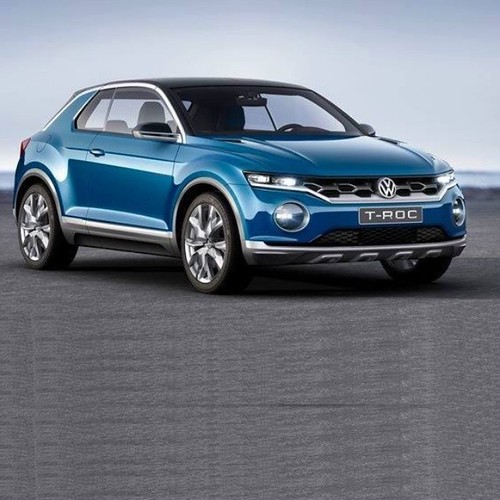
9. **Stalled Consumer Demand and Surging Unsold Inventory**The broader automotive market is currently reflecting a pronounced slowdown in EV adoption, a trend that mainstream media has not shied away from reporting. As CNBC bluntly put it in a March report, “EV euphoria is dead.” This shift in sentiment has tangible consequences for manufacturers, who are now recalibrating their strategies. Major car companies, including Ford, GM, and Mercedes-Benz, are actively scaling back or delaying their ambitious electric vehicle plans, acknowledging that an “all-electric future” is indeed still in the works, but “at a much slower pace” than originally envisioned.
One of the most visible indicators of this stalled demand is the significant build-up of electric vehicles on dealership lots. The collective voice of over 3,800 auto dealers across the United States underscored this issue in a letter to the Biden administration. They stated, “Today, the supply of unsold BEVs is surging, as they are not selling nearly as fast as they are arriving at our dealerships — even with deep price cuts, manufacturer incentives, and generous government incentives.” This stark reality on the ground highlights a major disconnect between production aspirations and actual consumer purchasing behavior.
Further reinforcing this market imbalance, Cox Automotive data, which excludes direct-to-consumer brands like Tesla and Rivian, shows that the available inventory of electric vehicles in the United States, measured in days’ supply, has soared to 136 days. This figure stands in sharp contrast to the overall U.S. industry average of 78 days for new vehicles, indicating a substantial oversupply of EVs. This glut of unsold vehicles, despite aggressive pricing adjustments and incentives from manufacturers like Nissan—which announced cuts of up to $6,000 on some models to “improve the model’s competitiveness”—demonstrates the profound challenges facing the EV market beyond individual owner frustrations.
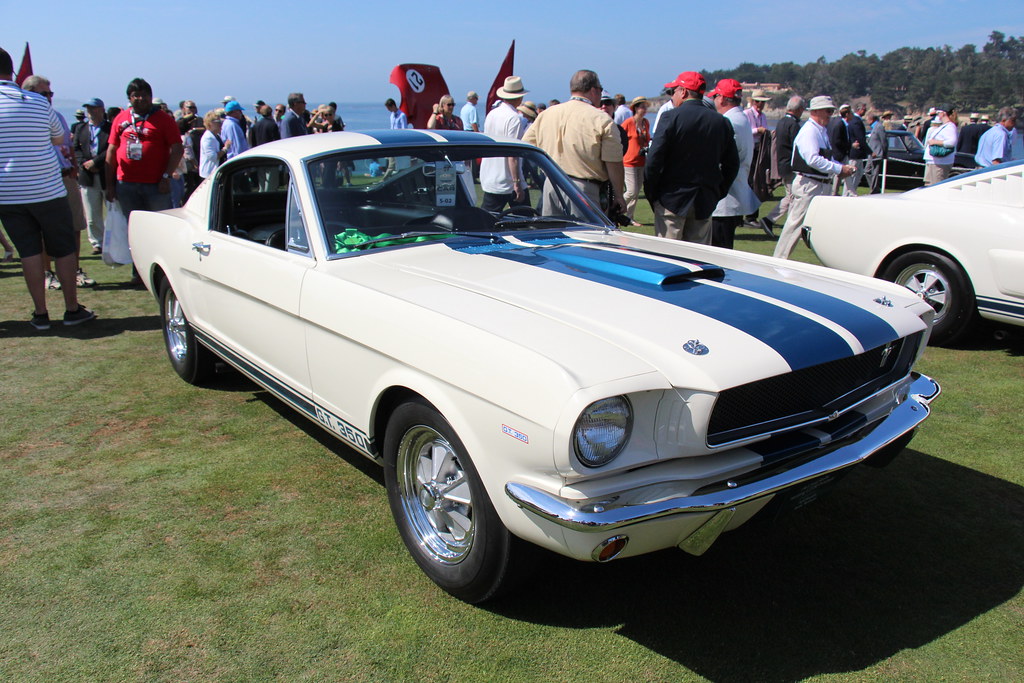
10. **High Manufacturer Production Costs and Margin Pressure**The journey toward an all-electric future is proving to be a costly endeavor for automakers, with significant financial pressures impacting their profitability and strategic decisions. Ford, for instance, reported staggering losses per electric vehicle, topping $100,000 during the first quarter of this year alone. This figure was reportedly more than double the loss per electric vehicle from the previous year, underscoring the immense financial strain that EV production places on even well-established companies. Similarly, GM, despite reporting increased EV sales, is currently losing money on every electric vehicle it sells, though the company maintains it is on track to achieve mid-single-digit pretax profit margins by 2025 as production scales and battery costs decline.
At the heart of these financial struggles are the persistently high costs associated with manufacturing electric vehicles. Batteries, in particular, remain one of the largest and most expensive components in EV production. This substantial upfront cost for key materials and advanced manufacturing processes creates a formidable barrier to profitability, especially when compared to the well-established, optimized supply chains of internal combustion engine vehicles. The need for massive investments in new factories, research and development, and specialized labor further compounds these initial production expenses.
Ford CEO Jim Farley explicitly addressed this challenge, stating on an earnings call that the “math is completely different than ICE.” He explained that while in the ICE business, “the bigger the vehicle, the higher the margin,” the opposite is true for electric vehicles: “The larger the vehicle, the bigger the battery, the more pressure on margins because customers will not pay a premium for those larger batteries.” This insight highlights a fundamental economic hurdle for automakers, pushing them towards smaller, more affordable EV models to achieve volume and improve profitability, which in turn dictates what types of EVs are brought to market and at what price points.
Read more about: The Silent Squeeze: 12 Core Dynamics Reshaping the Used Car Market and Eroding Buyer Affordability
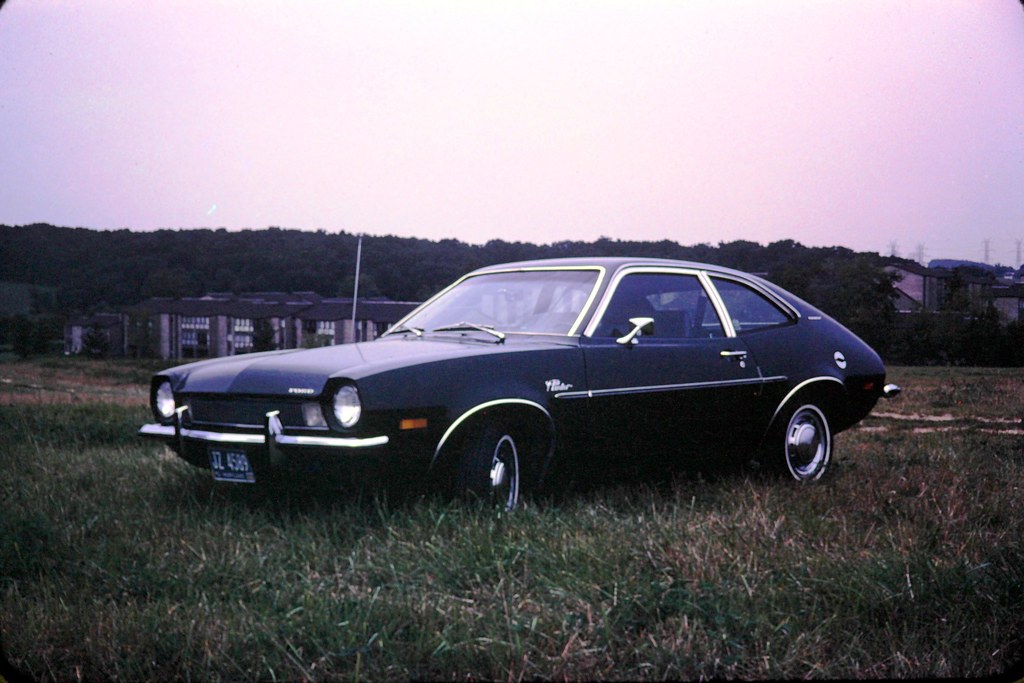
11. **Government Policy’s Slow Rollout of Charging Infrastructure**The ambition to accelerate electric vehicle adoption in the United States has been significantly underpinned by governmental initiatives, most notably the Biden administration’s push for a nationwide charging network. Infrastructure legislation passed in 2021 committed billions of taxpayer dollars towards the ambitious goal of building half a million charging stations across the U.S. by the end of the decade. This monumental investment was intended to directly address the pervasive issue of inadequate charging infrastructure, which is a leading cause of EV owner disillusionment.
However, the reality of implementation has fallen far short of these grand aspirations. Three years after the legislation was enacted and the funds committed, a sobering statistic emerged: only seven federally funded chargers have been built to date. This painfully slow progress has not only sparked widespread criticism, drawing “condemnation from both sides of the political aisle,” but also directly undermines the very foundation upon which mass EV adoption is supposed to be built. The disconnect between policy goals and tangible outcomes is a major systemic failure.
This governmental sluggishness in delivering on infrastructure promises directly exacerbates the “real-world concerns” expressed by EV owners, such as charging access anxiety and the complexity of long-distance travel. Without a reliable, widespread, and rapidly expanding charging network, the practical barriers to EV ownership remain stubbornly high. The failure to translate policy into concrete infrastructure at a meaningful pace inevitably contributes to the sentiment that electric vehicles are not yet a viable primary option for many, reinforcing the desire to revert to the familiar convenience of ICE vehicles. The government’s role in creating a supportive ecosystem is paramount, and its current performance is a significant roadblock.
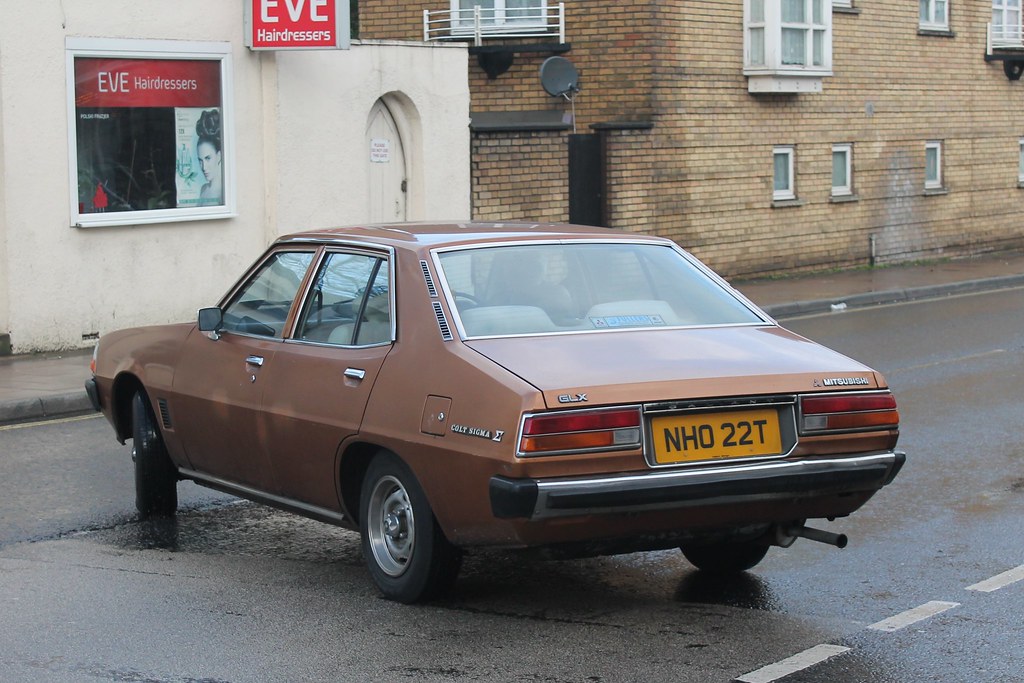
12. **The Industry’s Pivot to Hybrids and PHEVs**In response to the evolving market realities and the significant hurdles faced by pure battery electric vehicle (BEV) adoption, traditional automakers are strategically pivoting their electrification plans to include a broader range of options. General Motors, initially one of the most aggressive in pursuing an all-electric future, has now revised its strategy. The company plans to roll out plug-in hybrid electric vehicles (PHEVs) for consumers, offering them alongside its fully electric and traditional gasoline-powered cars, acknowledging the need for a more diversified approach to meet varied customer preferences and mitigate risks.
This shift is not isolated to GM; it reflects a broader industry trend. Other major automotive players, including Hyundai, Kia, Toyota, and potentially Volkswagen, are also planning to offer “different levels of electrification across their lineups.” This move signals a pragmatic recognition that a singular focus on BEVs may not capture the full spectrum of consumer demand or address all the existing infrastructure and cost challenges. Hybrids and PHEVs offer a transitional solution, providing some of the environmental and performance benefits of electric driving without the full commitment or logistical complexities of a pure EV.
For many consumers, particularly in the U.S., hybrids represent a less radical “lifestyle change” compared to an all-electric vehicle. Ford, for example, has backed off many of its aggressive EV targets, and is now actively producing hybrids—specifically trucks—alongside its electric vehicles and PHEVs for the American market. This industry pivot, driven by consumer feedback and the desire to cover losses from EV production with profits from internal combustion vehicles, demonstrates that traditional car companies are responding to what consumers seem to prefer in the near term: a blend of familiar convenience and incremental electrification, offering a vital bridge in the transition towards sustainable mobility.
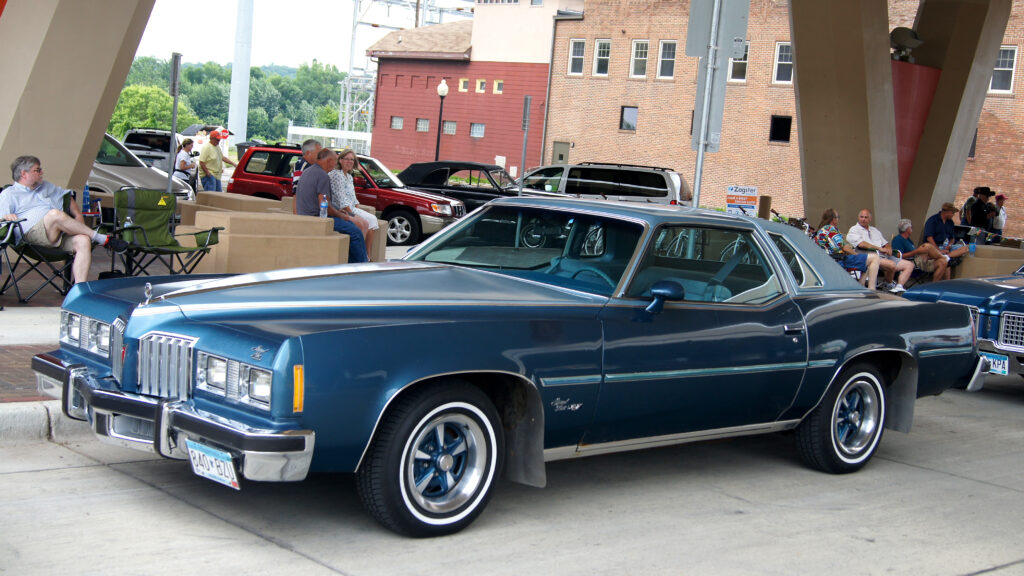
13. **Divergent Loyalty Trends: The Tesla Effect vs. Legacy Automakers**A recent study by S&P Global Mobility has shed crucial light on the varied loyalty rates among electric vehicle owners, revealing a significant divergence in how different brands retain their EV customers. The study starkly illustrates that while many EV owners from legacy automakers are contemplating a return to internal combustion engine (ICE) vehicles, Tesla owners exhibit a remarkably “fierce brand loyalty.” Tesla, the market leader, saw its EV loyalty increase substantially from 51.8% to an impressive 76.7%, indicating a strong propensity for its customers to purchase another EV, and specifically another Tesla.
This high loyalty for Tesla stands in contrast to the experience of owners from many traditional brands. The S&P Global Mobility study found that EV owners switching back to ICE vehicles often cited the “three classic arguments: pricing, infrastructure, and range anxiety.” For instance, among Ford Mustang Mach-E owners, only 37.3% purchased another EV, while a larger proportion, 45.8%, opted for an ICE vehicle for their next purchase, with many transitioning from a Ford truck or SUV in both ICE and hybrid powertrains.
However, the loyalty landscape among legacy brands is not uniform. Some, like Nissan, demonstrated stronger retention with 63.2% loyalty, and Chevrolet followed closely at 60.6%, with a significant number of Bolt owners choosing another Bolt or a Tesla Model Y. Luxury EV brands also saw increases in loyalty, though typically not reaching Tesla’s levels: Mercedes-Benz climbed from 24.3% to 56.6%, Jaguar from 25% to 56.5%, Audi from 25.5% to 50.1%, and Porsche from 23.3% to 36.8%. This data clearly underscores that “legacy ICE automakers are feeling the heat,” as Tom Libby, associate director for loyalty solutions at S&P Global Mobility, put it, highlighting their struggle to keep consumers committed to the electrified future as effectively as Tesla.
Car Model Information: 2023 Tesla Model Y Performance Dual Motor All-Wheel Drive
NativeName: nobold
NativeNameLang: sr
Alt: Head-and-shoulder photograph of a slender man with dark hair and moustache, dark suit and white-collar shirt
Caption: [object Object]
BirthDate: [object Object]
BirthPlace: Smiljan, Croatia
DeathDate: [object Object]
DeathPlace: New York City
RestingPlace: Nikola Tesla Museum
Citizenship: ubl
AlmaMater: Graz University of Technology
Occupation: Engineer,futurist,inventor
Awards: ubil
Discipline: ubl
SignificantDesign: Induction motor
SignificantProjects: Wireless power transfer
SignificantAdvance: Polyphase system
Signature: Nikola Tesla signature 1900.svg
Categories: 1856 births, 1943 deaths, 19th-century American engineers, 19th-century Serbian engineers, 20th-century American engineers
Summary: Nikola Tesla (10 July 1856 – 7 January 1943) was a Serbian-American engineer, futurist, and inventor. He is known for his contributions to the design of the modern alternating current (AC) electricity supply system.
Born and raised in the Austrian Empire, Tesla first studied engineering and physics in the 1870s without receiving a degree. He then gained practical experience in the early 1880s working in telephony and at Continental Edison in the new electric power industry. In 1884, he immigrated to the United States, where he became a naturalized citizen. He worked for a short time at the Edison Machine Works in New York City before he struck out on his own. With the help of partners to finance and market his ideas, Tesla set up laboratories and companies in New York to develop a range of electrical and mechanical devices. His AC induction motor and related polyphase AC patents, licensed by Westinghouse Electric in 1888, earned him a considerable amount of money and became the cornerstone of the polyphase system, which that company eventually marketed.
Attempting to develop inventions he could patent and market, Tesla conducted a range of experiments with mechanical oscillators/generators, electrical discharge tubes, and early X-ray imaging. He also built a wirelessly controlled boat, one of the first ever exhibited. Tesla became well known as an inventor and demonstrated his achievements to celebrities and wealthy patrons at his lab, and was noted for his showmanship at public lectures. Throughout the 1890s, Tesla pursued his ideas for wireless lighting and worldwide wireless electric power distribution in his high-voltage, high-frequency power experiments in New York and Colorado Springs. In 1893, he made pronouncements on the possibility of wireless communication with his devices. Tesla tried to put these ideas to practical use in his unfinished Wardenclyffe Tower project, an intercontinental wireless communication and power transmitter, but ran out of funding before he could complete it.
After Wardenclyffe, Tesla experimented with a series of inventions in the 1910s and 1920s with varying degrees of success. Having spent most of his money, Tesla lived in a series of New York hotels, leaving behind unpaid bills. He died in New York City in January 1943. Tesla’s work fell into relative obscurity following his death, until 1960, when the General Conference on Weights and Measures named the International System of Units (SI) measurement of magnetic flux density the tesla in his honor. There has been a resurgence in popular interest in Tesla since the 1990s. Time magazine included Tesla in their “100 Most Significant Figures in History” list.
Get more information about: Nikola Tesla
Buying a high-performing used car >>>
Brand: Tesla Model: Tesla
Price: $30,774 Mileage: 59,622 mi.
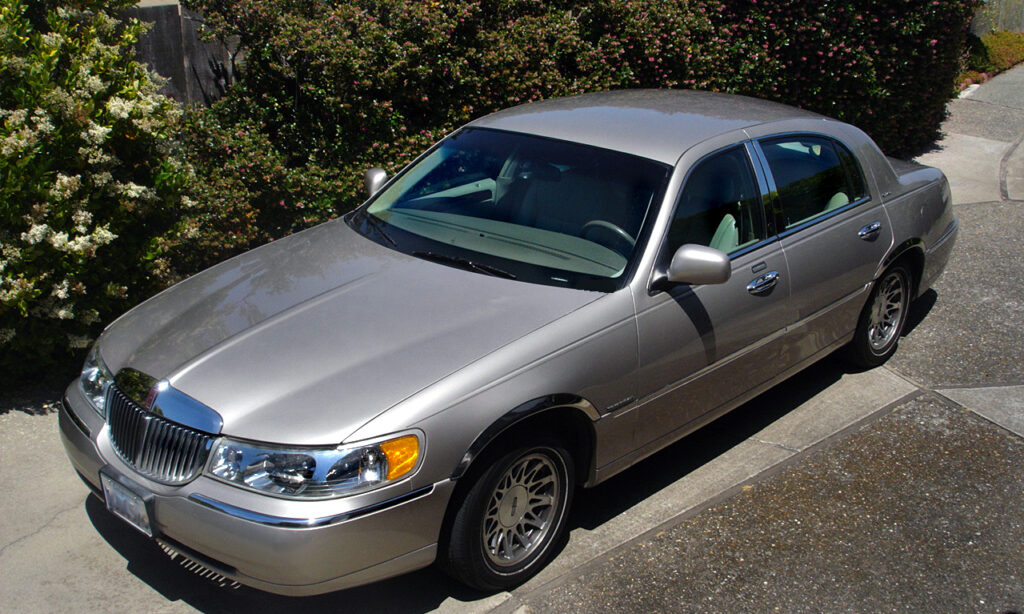
14. **Lessons from ‘EV Utopia’: Policy Successes in Norway**While the United States grapples with significant challenges in EV adoption and retention, the global landscape offers a compelling counter-narrative in Norway, often lauded as an “EV Utopia.” This oil-rich nation has committed heavily to energy transition goals, with an ambitious plan to sell only zero-emissions passenger cars starting in 2025. Norway’s success provides crucial insights into how a robust policy framework and dedicated infrastructure investment can dramatically influence consumer behavior and loyalty.
The foundation of Norway’s success lies in its comprehensive suite of governmental policies designed to both deter gasoline vehicle purchases and incentivize EV ownership. These include “high taxes for gas vehicles and steep incentives for EV drivers, including free tolls, zero registration tax, and zero value-added tax.” These strong financial motivations, combined with significant investments in charging infrastructure, have created an environment where the economic and practical advantages of EVs are overwhelmingly clear to consumers, making the transition seamless and attractive.
The impact of these policies on owner loyalty is starkly evident when compared to the U.S. While a significant 46% of U.S.-based EV owners express a desire to switch back to ICEs, a mere 18% of Norwegian owners feel the same way. This dramatic difference, despite global EV drivers citing similar drawbacks like a “limited public supply of the fastest type of charger” and “broken chargers,” demonstrates the power of a well-executed governmental strategy. Norway’s experience underscores that with the right blend of incentives and infrastructure, it is entirely possible to create a market where EV ownership is not only practical but also deeply satisfying, offering a clear roadmap for nations seeking to accelerate their own electric transitions.
The journey to mass EV adoption is clearly more complex than a simple on-ramp to an ‘all-electric future.’ The current landscape is a mosaic of exhilarating innovation and frustrating friction points. As we’ve seen, the challenges are multifaceted, encompassing everything from the nitty-gritty of charging infrastructure and battery tech to the grand narratives of governmental policy and evolving consumer psychology. Yet, amidst the undeniable growing pains, the underlying promise of EVs remains. What these trends highlight is not a rejection of electric mobility itself, but a demand from consumers for a more seamless, affordable, and worry-free experience. The path forward for automakers and policymakers is clear: listen to these voices, learn from both failures and successes, and relentlessly innovate to bridge the gap between aspiration and everyday reality. Only then can the automotive landscape truly electrify its future, ensuring that the driver’s seat remains a place of confidence and satisfaction, rather than regret.

